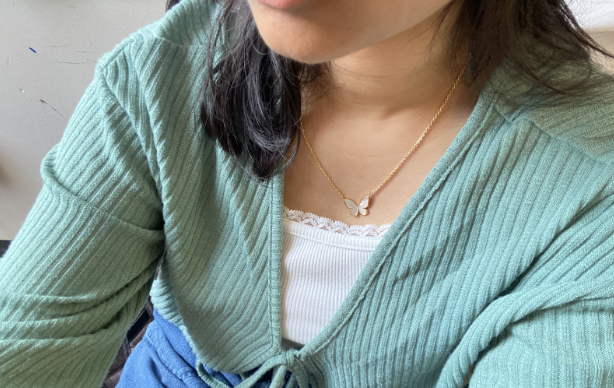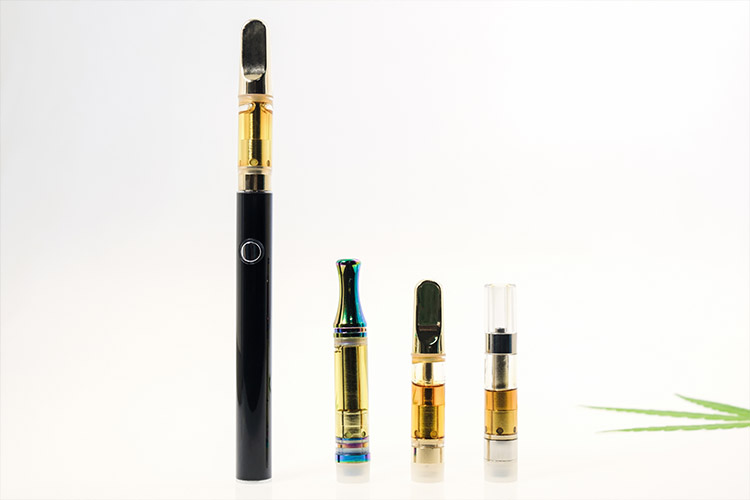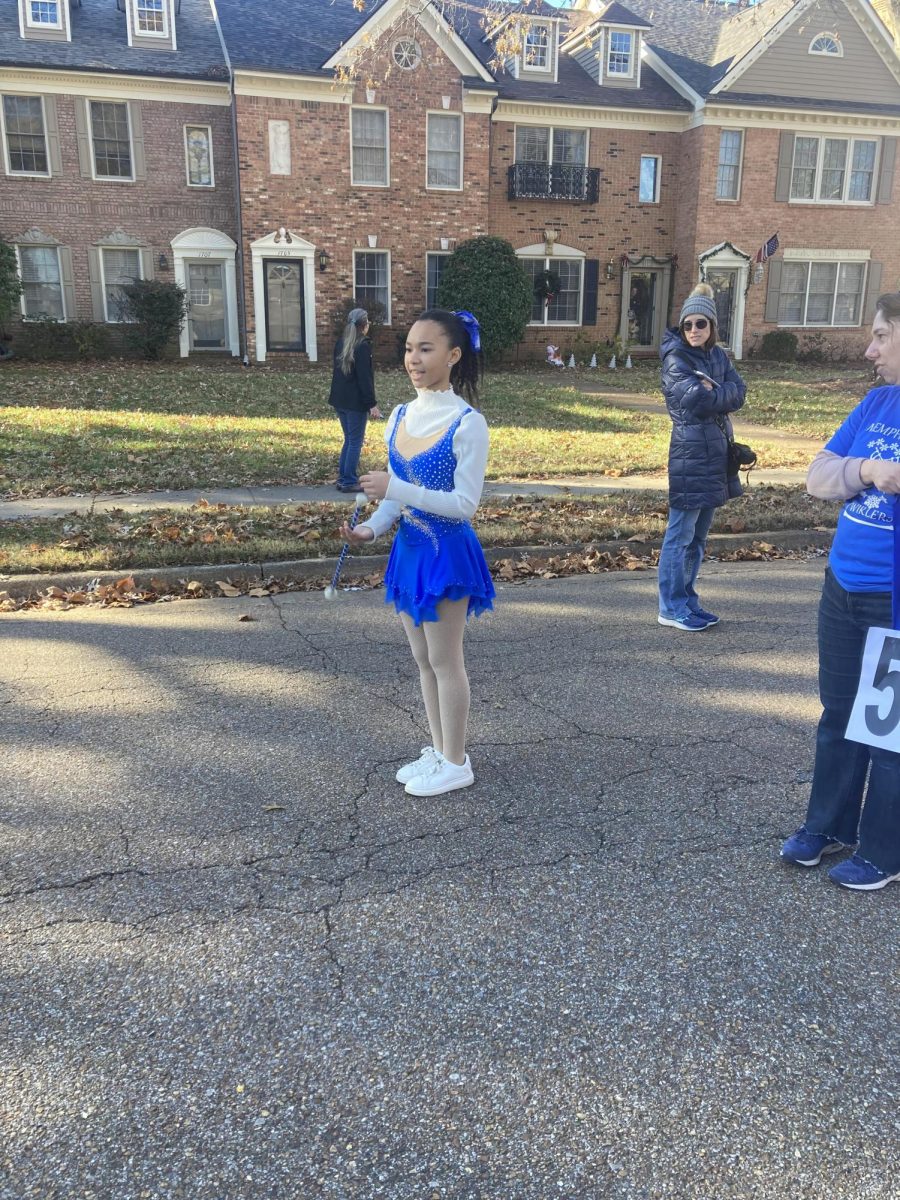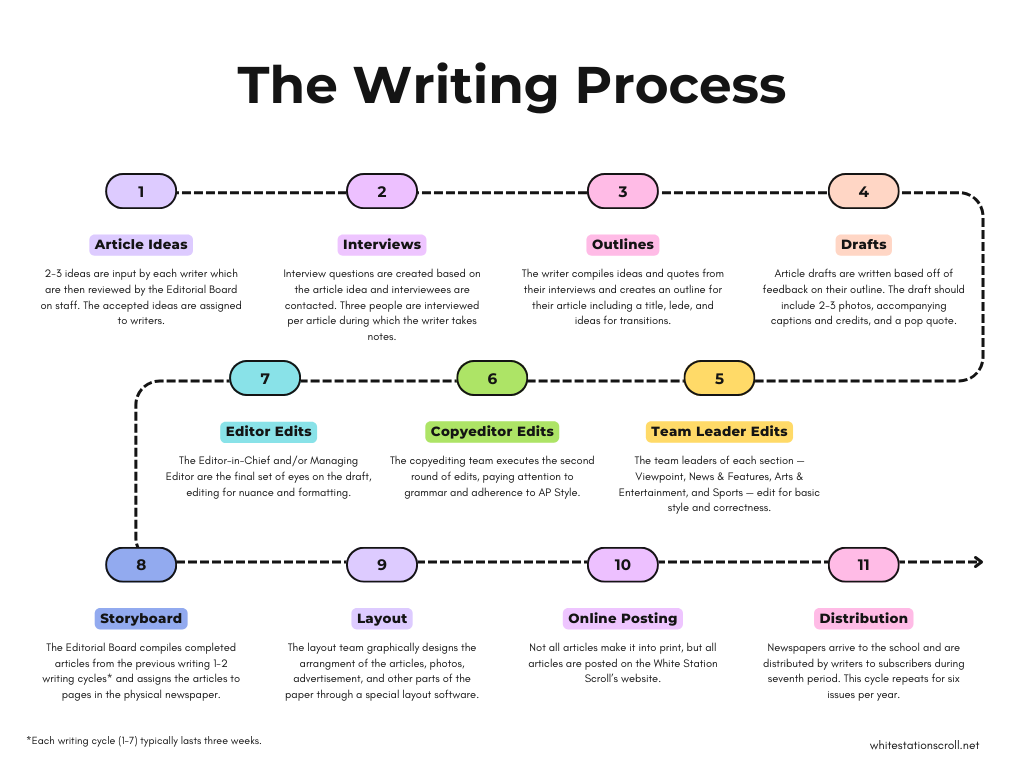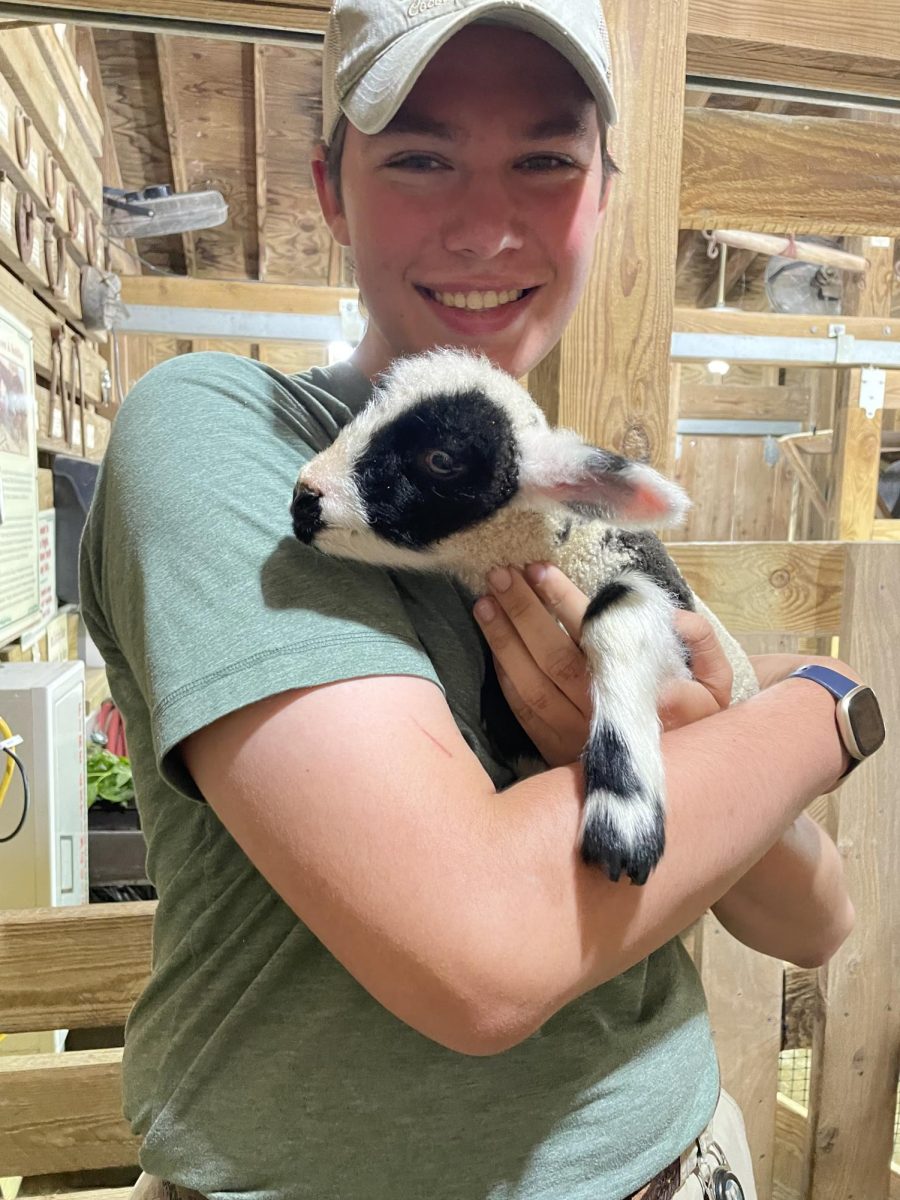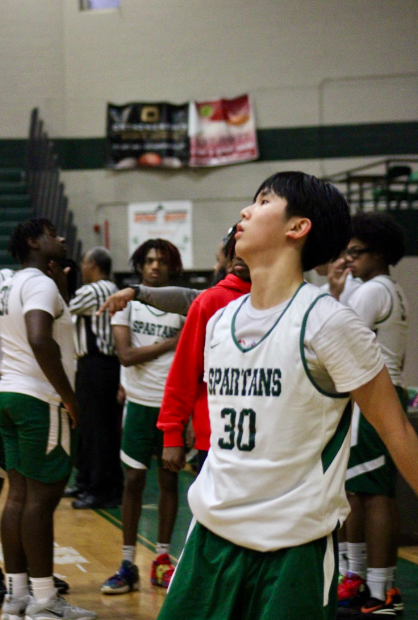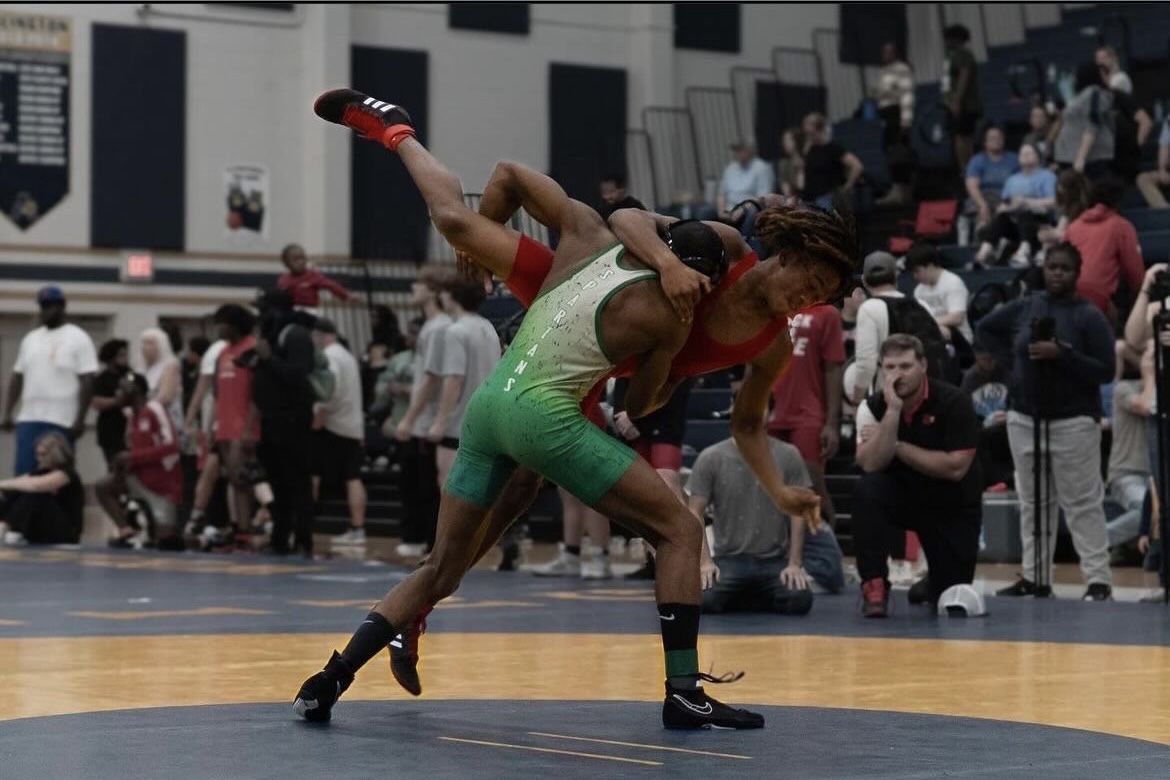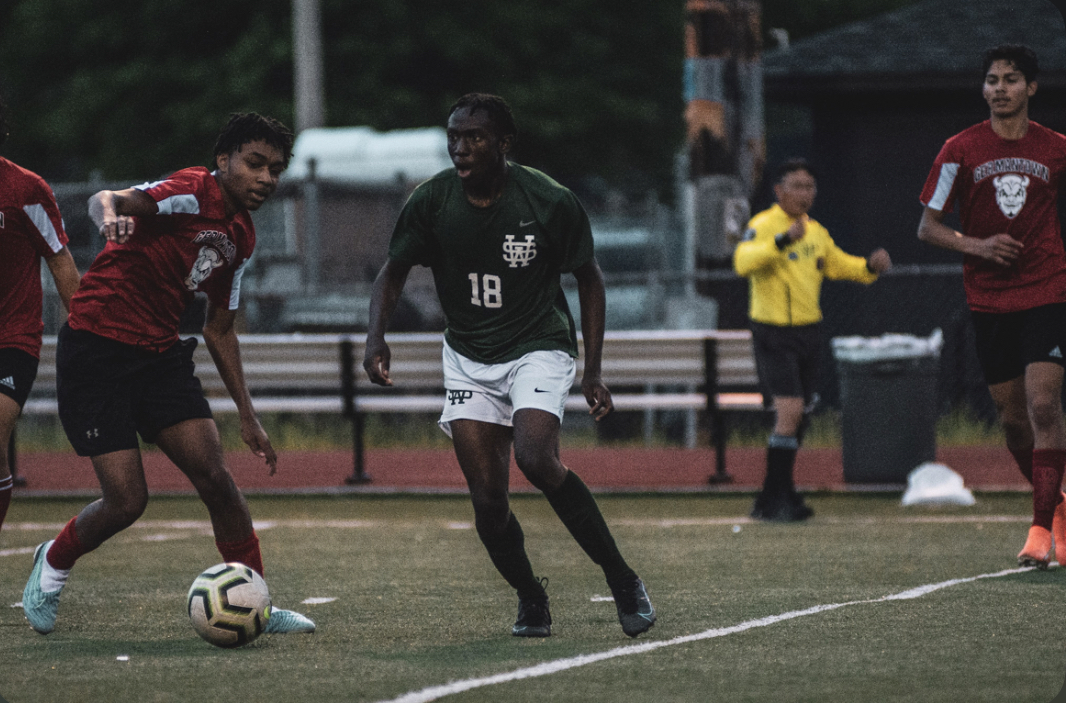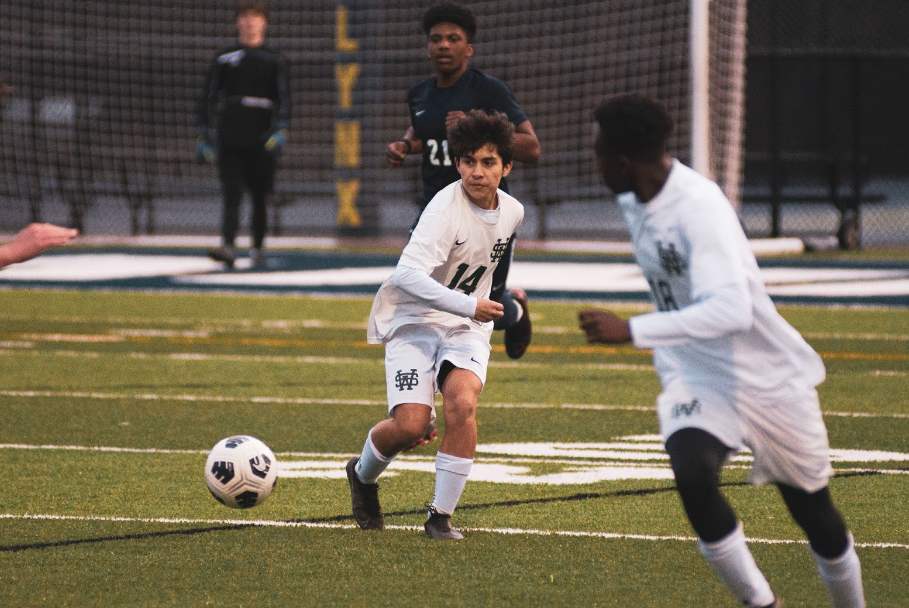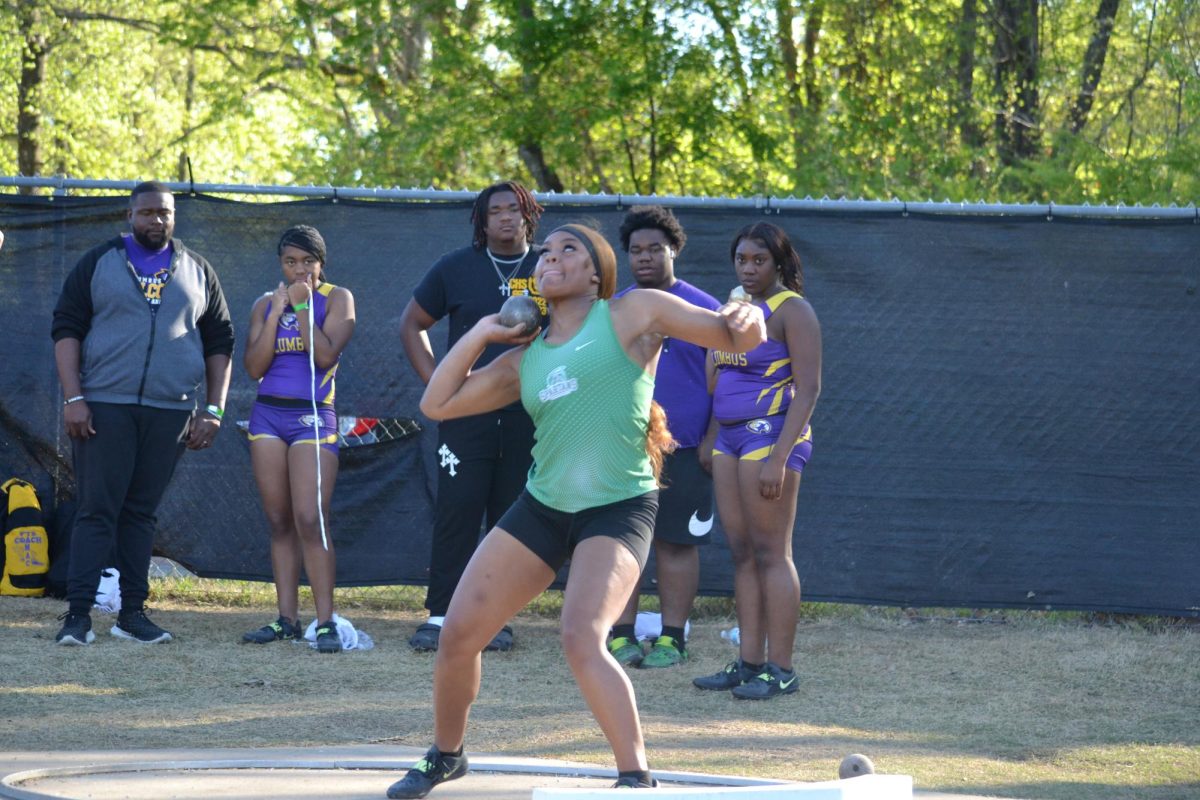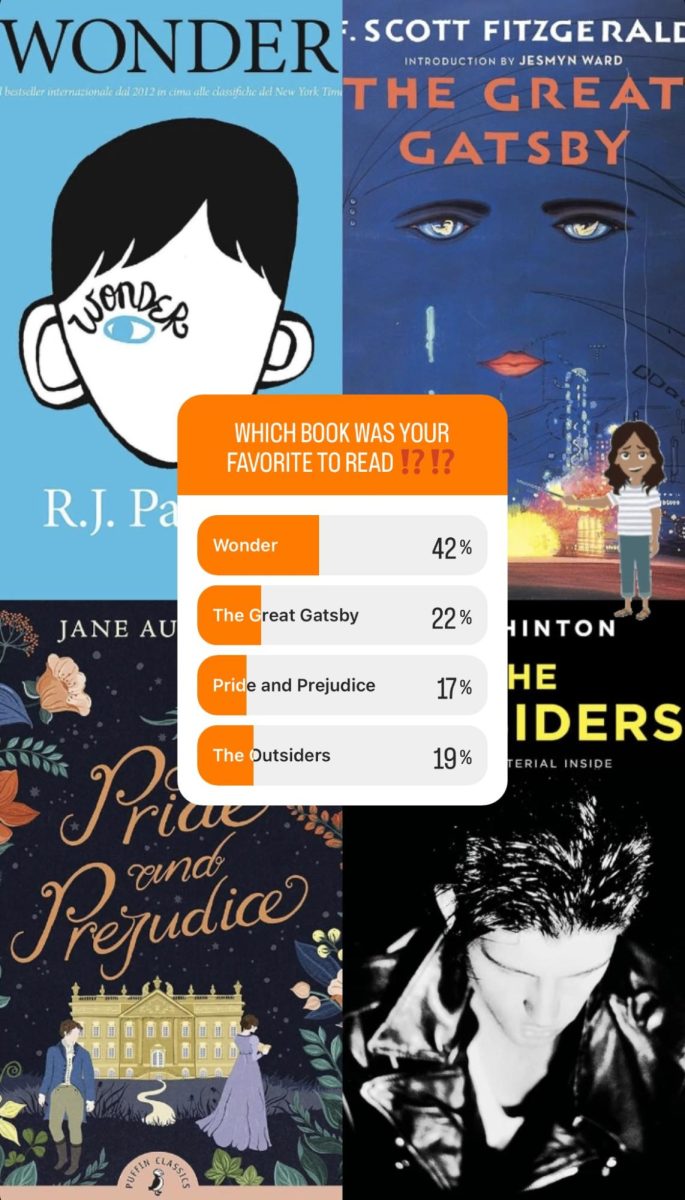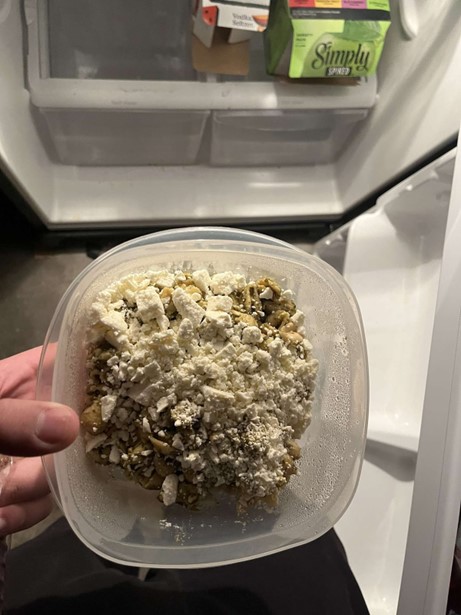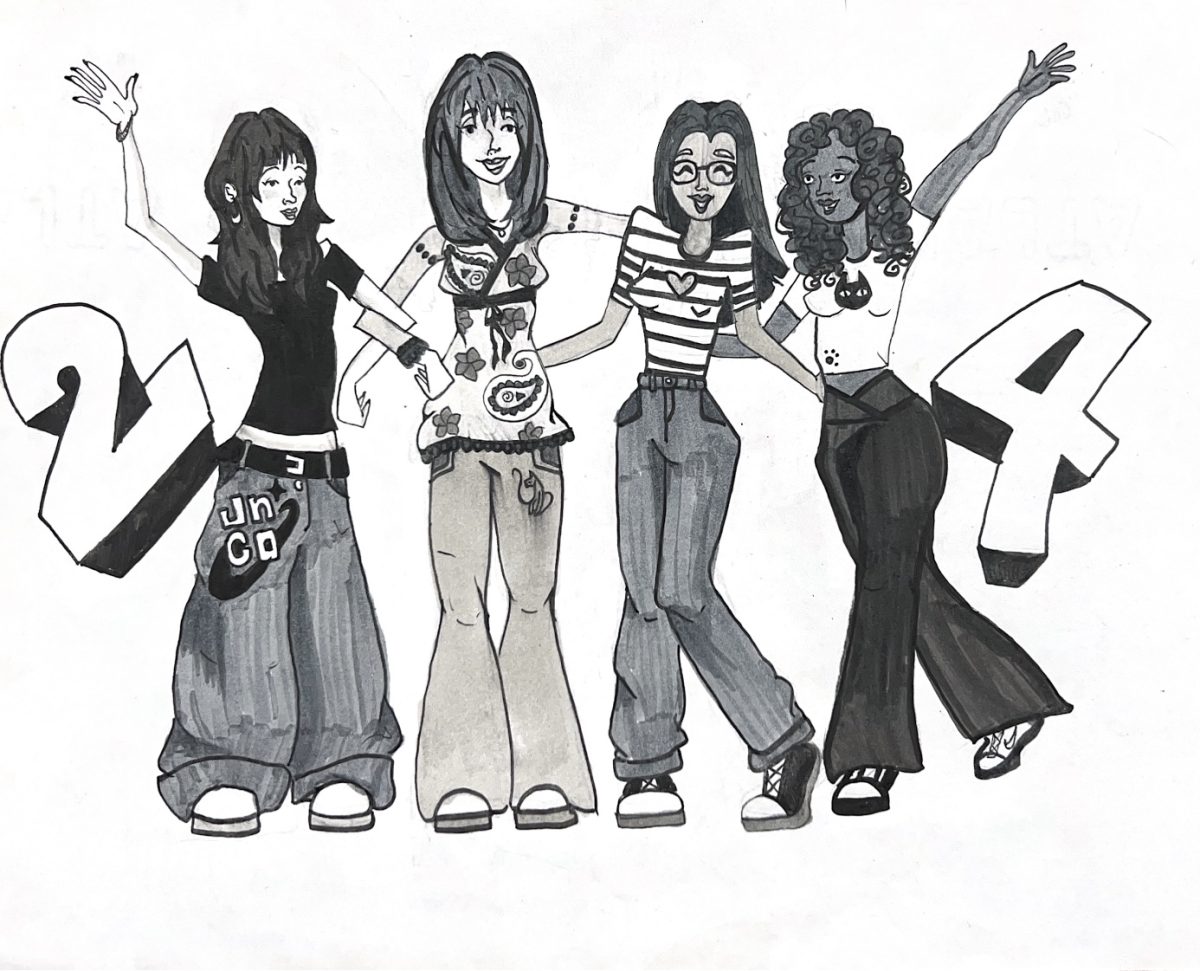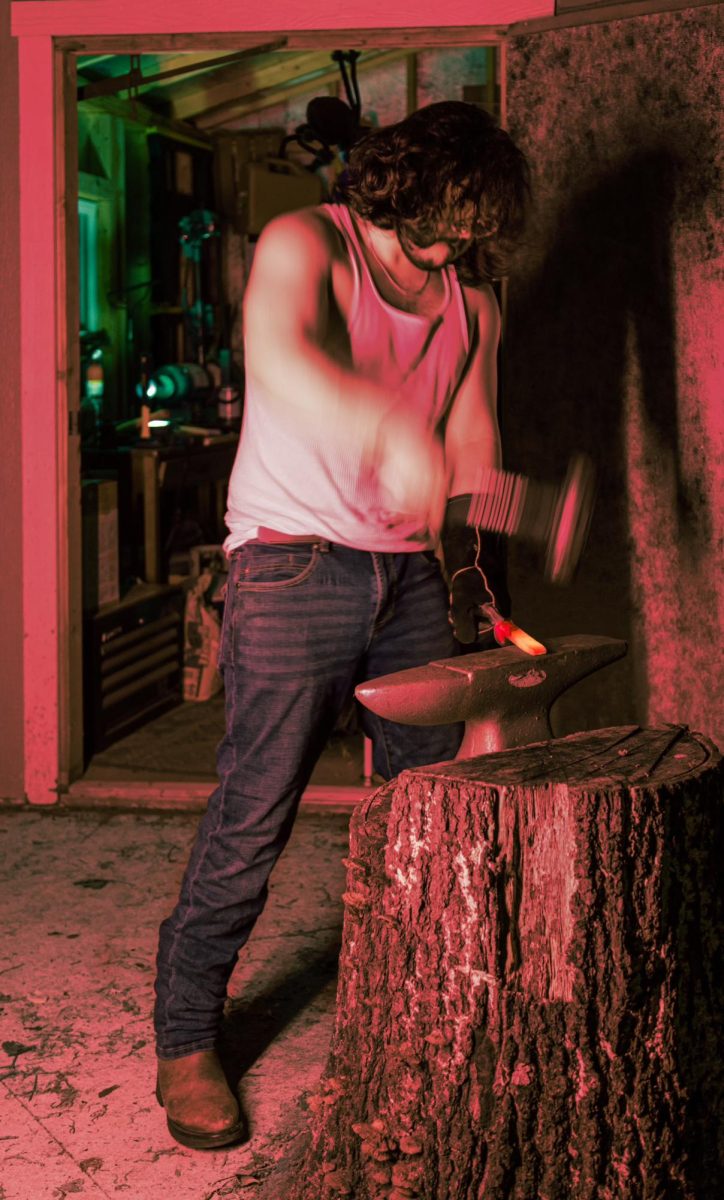A fire burning at temperatures up to 2,000 degrees Fahrenheit, a hammer drumming against metal on the anvil and skilled hands toiling for hours come together to form the masterpiece of a blacksmith’s craft.
Blacksmithing is an increasingly uncommon practice, and as factories and mass production reduce the need for more blacksmith-made hardware, its practice is in decline; however, Andrew Benton (12) is a blacksmith. He works every few weeks on varying projects and is able to strengthen his skills in a unique way.
“I got into [blacksmithing] a few years ago … [It was] totally impulsive,” Benton said. “I watched a show, and I was like ‘cool,’ … I kind of started [blacksmithing] by myself, but I have a family
friend who was also interested in blacksmithing, and he had his own workshop at his house. So, I’d go over to his place and he kind of taught me.”
Blacksmithing involves making tools out of metal, usually iron and steel, which is heated, bent and hammered until the final product is created. With access to the right resources and enough practice, blacksmithing can be easy to pick up.
“[Blacksmithing is] really simple, you know,” Benton said. “You just take whatever piece of metal that you want, and you heat it up in the forge and then you hammer it out into what you want and
grind it out.”
Starting out with little experience, Benton followed in the footsteps of many novice blacksmiths and began by creating a letter opener. The letter opener allows blacksmiths to figure out and practice the steps of forging in their simplest form.
“With pretty much all blacksmiths, we all start with the letter opener; it’s a simple kind of rite of passage,” Benton said. “[Making it] was really simple … the letter opener probably took in total, four or five hours, I’d say. And a lot of that was instruction or waiting for [the metal] to heat up.”
After falling into a groove, Benton was able to create his projects more freely and with less restriction from tutorials. After about two to three years of working, he is able to recognize his physical and mental improvements.
“I’ve improved physically [since my first project] because swinging the hammer gets tiring after a while,” Benton said. “Especially if you use a heavy hammer like a five-pound hammer, which doesn’t sound like a lot, but once you hold it and keep going, [you get] blisters … Other than that, I’ve had to rely less on instruction, you know looking it up. I’ve been able to tell what I need to do based on what I can see … I’ve just become more confident in what I can see that I need to do.”
Even with the confidence that Benton has gained over time, he can still find himself getting lost throughout a project. Resources for blacksmiths can be limited simply due to the low numbers of those
who practice the craft; however, the internet proves to be one of the best ways to get more information on underrepresented artforms.
“[Sometimes] I tried to [do a project] by myself and then it wouldn’t work out at all,” Benton said. “So, I’d be like, yeah, let me go look this up on YouTube … the best resource for something like blacksmithing would be the internet because it’s not really something that you hear people do at all anymore, and there is not really a big enough market for help books. You really get most of your information from other people who know what they’re doing or just finding videos on YouTube from people who’ve been doing it for years.”
What blacksmiths create spans from jewelry, utensils and decoration all the way to gates, furniture and weapons. For Benton, he most frequently makes simple pieces for his personal use, but to test his skills he focus on works with more details.
“I usually just make knives and other utilities like that,” Benton said. “I’ve made a couple of metal leaves too [which] sharpen your fine detail because there are a lot of small details that you have to put into a leaf and it kind of helps you hone those skills.”
Although Benton works less frequently than he used to, every few weeks he continues to light the fire and pick up the hammer. Many factors contribute to the amount of time that he can spend on a
project.
“[The time it takes to complete a project] really depends on what it is or how I’m feeling,” Benton said. “And the weather too — if it’s really hot and humid outside, I’m not going to be there for more
than an hour or so.”
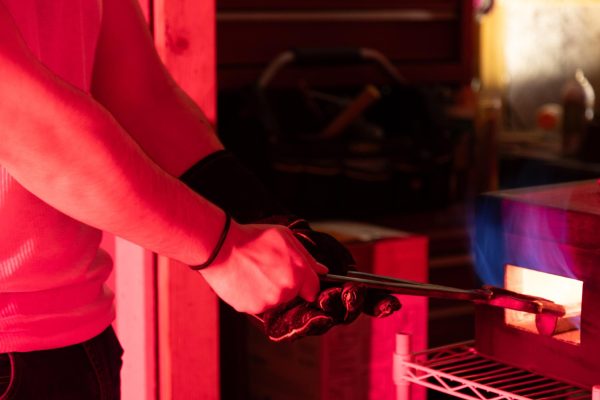
As Benton views blacksmithing as a hobby, he does not wish to follow it as a career path. Especially due to blacksmithing’s dwindling necessity for everyday items, it can be very difficult to work as a blacksmith as a profession.
“Honestly, no [I would not like to blacksmith as a career],” Benton said. “It really just comes down to the fact that I would have to find a very niche market to make a living off of blacksmithing and I’d rather it not become a job because it is a hobby … It is very difficult to make an actual living.”
Even though Benton has chosen to follow blacksmithing solely as a hobby, it has been able to grow his confidence. Blacksmithing has allowed him to pick up a craft that connects him with his community through his unique abilities.
“I remember when I first started, I found great enjoyment out of telling people that [I was a blacksmith] because I knew nobody else that did it,” Benton said. “I have the ability to, especially around my neighborhood, just offer knife sharpening stuff because I have the materials and the ability to.”

